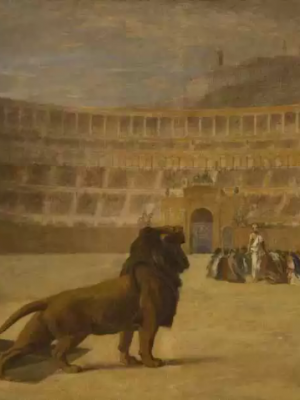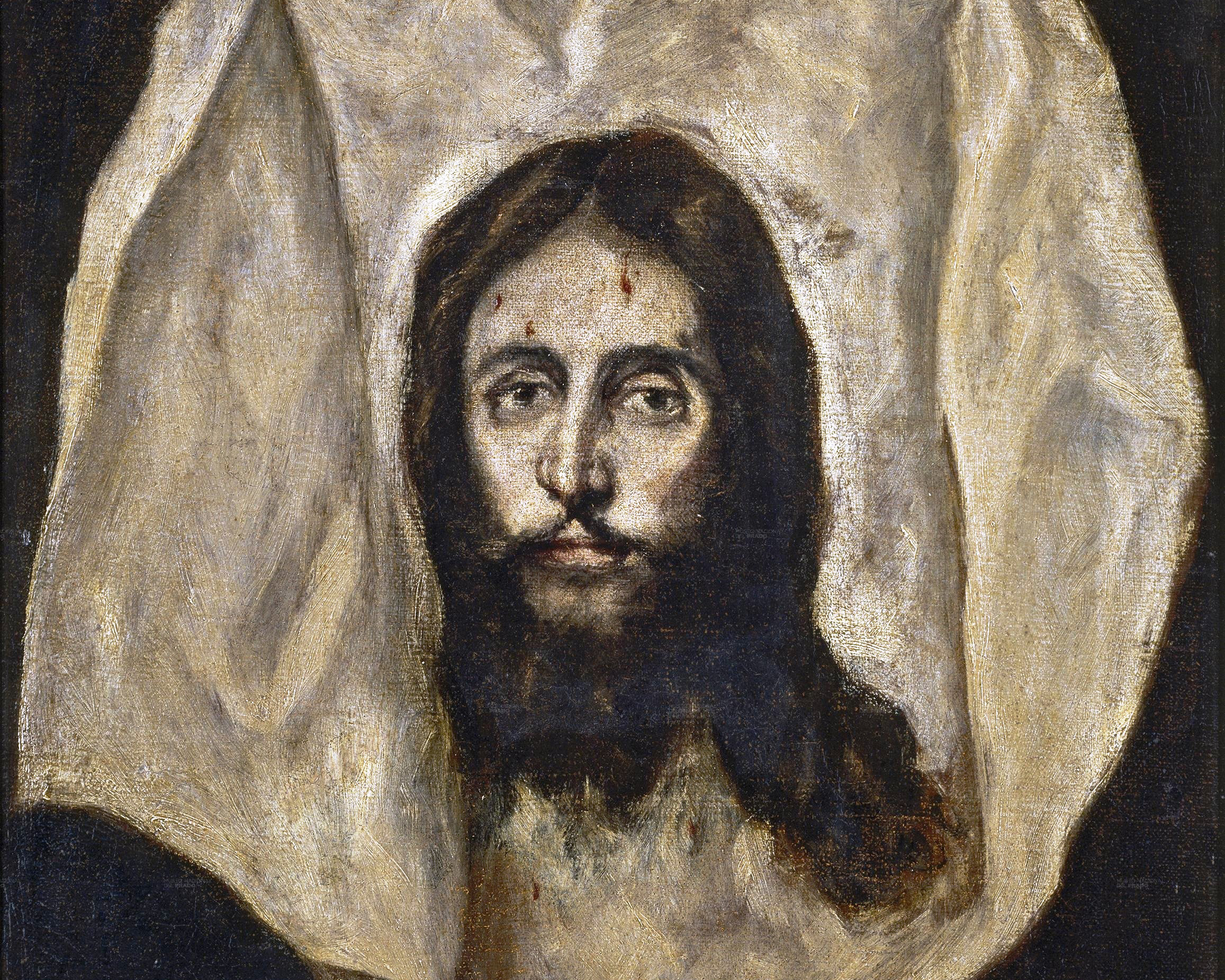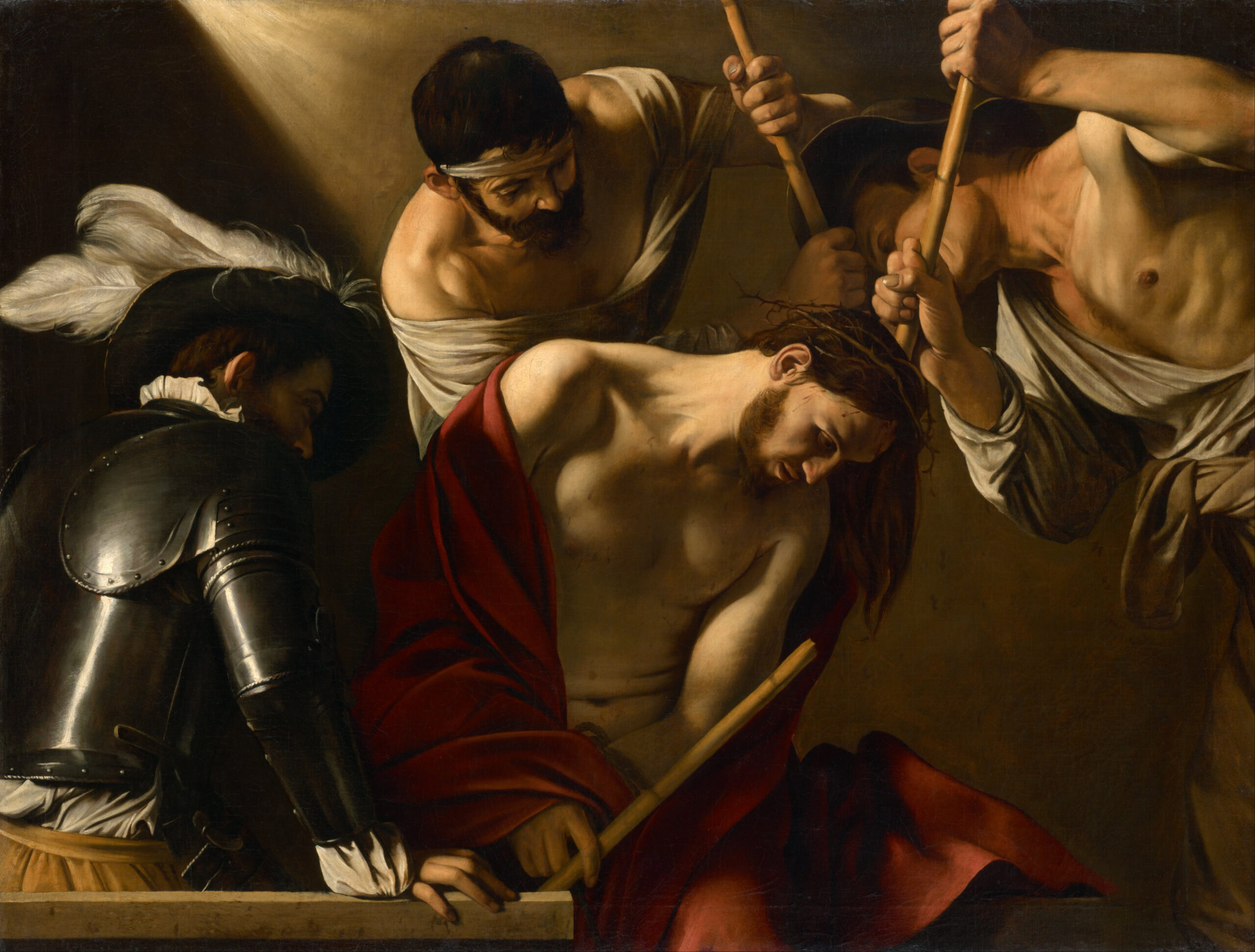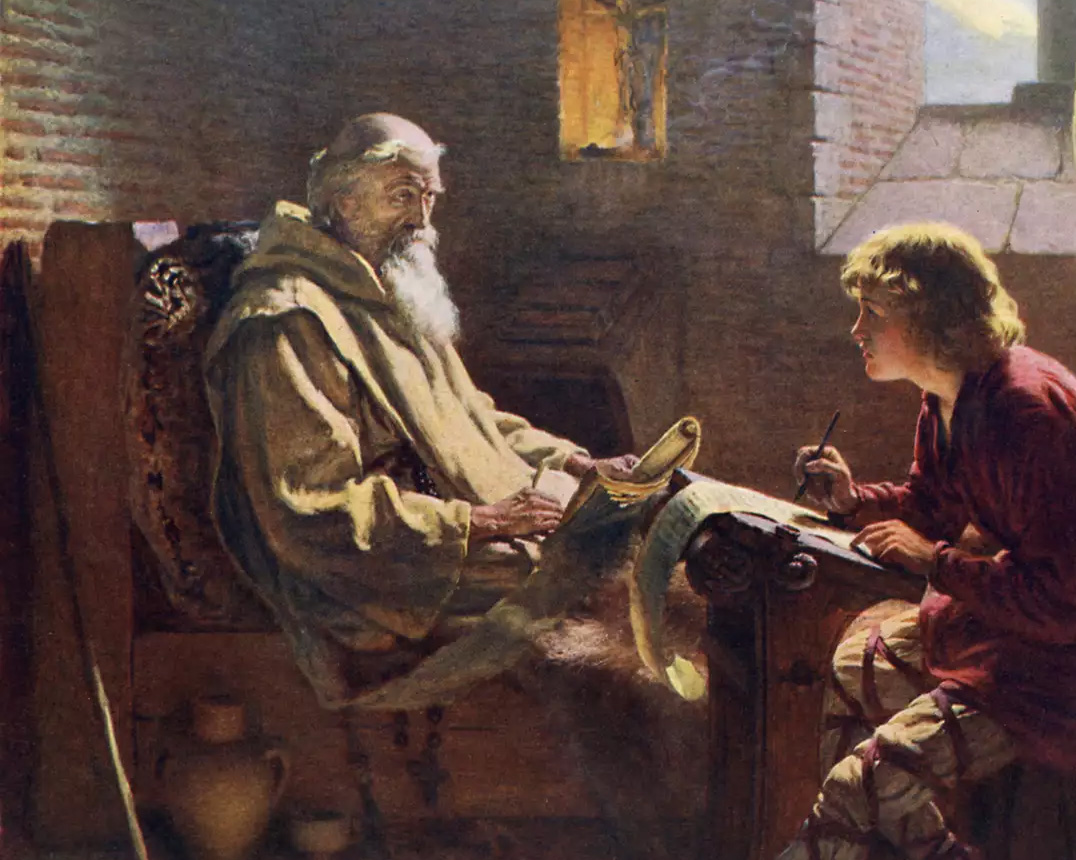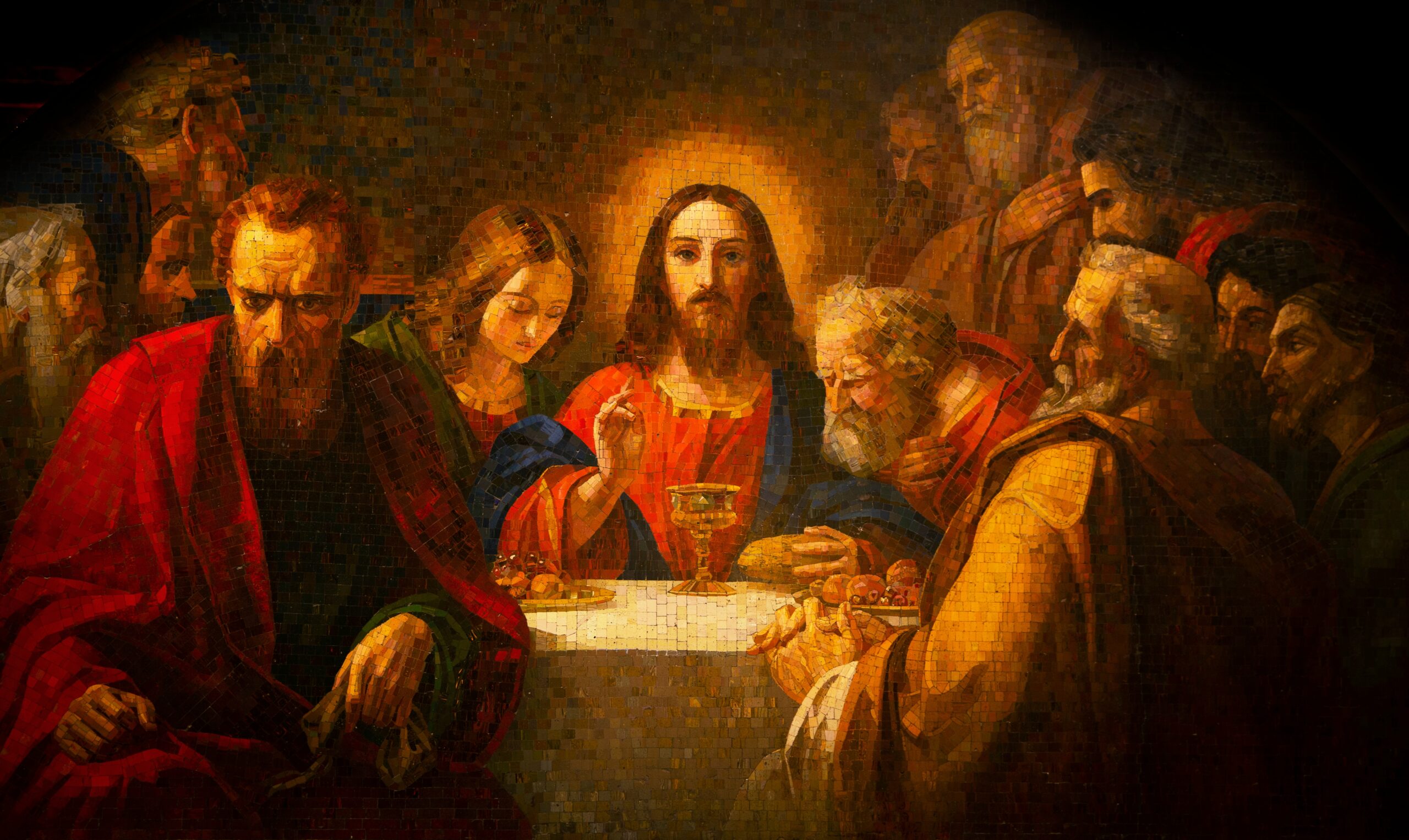“The blood of martyrs is the seed of Christians.”
—Tertullian
There is an old story told in Rome of a fifth-century monk named Telemachus, whose name has been written in the annals of Roman history.
On a memorable day in the year 404, it is recorded he entered the Coliseum in Rome, the largest ancient amphitheater ever built and still the largest in the world today.
Silence and astonishment fell upon the thousands of spectators as they watched this small figure rush the arena and approach the two gladiators who were about to fight for their lives.
“Stop this barbarous slaughter!” cried Telemachus. “Stop in the name of Jesus Christ!”
A part of the chronicle of the event reads thus, borrowed from the writings of the historian Theodoret, bishop of Cyrrhus in Syria (AD 393–457 AD): “There, when the abominable spectacle was being exhibited, he went himself into the stadium, and stepping down into the arena, endeavored to stop the men who were wielding their weapons against one another.”
It continues, “The spectators of the slaughter were indignant, and inspired by the triad fury of the demon who delights in those bloody deeds, stoned the peacemaker to death. When the admirable Emperor was informed on this he numbered Telemachus in the number of victorious martyrs, and put an end to that impious spectacle.”
Thus the monk who came as a courageous messenger was martyred in the arena, struck down for his brave stance. Like a voice crying out in the wilderness, he spoke up and was cut down by the bloodthirsty mob.
It took as a catalyst this horrible episode for the Emperor Honorius, haunted by the memory of the brave monk who had serenely entered the arena to give his life in order to end the slaughter, the grace to end the centuries-old bloody contest between gladiators in Rome. This was nearly one hundred years after Constantine had converted to the Faith. This singular event eliminated the cruel sport forever and is long remembered in the story of Rome.
The story of Telemachus and the end of the gladiatorial contests in the Coliseum has been repeated many times over the centuries and is told by countless tour guides in Rome, being embellished to suit various age groups and audiences. The story even reached President Ronald Reagan who featured it at the Annual National Prayer Breakfast in 1984 and retold the story again the next year at the same event.
The epiosde is mentioned in chapter XXII of The Martyrs of the Coliseum, a TAN Books classic by Fr. A. J. O’Reilly of Canada. This wonderful book is a history of that famous amphitheater in Rome, the arena also known as the Coliseum, where countless early Christians met a cruel and bloody end.
The book also contains the story of many saints and heroes of Christ who went willingly to their death in testimony of the truth of the Catholic faith. This beautiful book is written in the style of the lives of the early saints and martyrs, recounting the passion of notable early Christians such as St. Ignatius of Antioch, Pope St. Stephen, St. Martina, and many others.
The book recounts how the Coliseum is said to have been designed by a Christian and built by Jewish slaves who were brought to Rome in chains after the fall of Jerusalem in 70 AD. Begun by the Emperor Vespasian, the Coliseum was completed by the Emperor Titus.
When Christianity was legalized in 313 AD, one of the first acts of the Emperor Constantine was to condemn by public edict the scenes of bloodshed in the Coliseum which were contrary to the spirit of Christianity. However, with blind fanaticism the people were stubbornly reluctant to cease these shows and so they continued.
In the history of Rome, it had frequently happened that infuriated mobs, breathing violence and fury and threatening to deluge the streets with patrician blood, were calmed by the games as with bread and circus. The popularity of each new Emperor depended in large part on the popularity of the games. Reckless crowds were intoxicated by the spectacle of the amphitheater in the midst of war, famine, and public grief.
Throughout Roman history, the more blood to be shed, the greater the enthusiasm of the people, and the more impious and cruel the games, the greater was supposed to be the piety to the gods.
Hence, closing the Coliseum for gladiatorial games was a process that took decades to finalize and was only accomplished after a terrible tragedy nearly a hundred years after the legalization of Christianity.
It took the legal status of Christianity centuries to slowly but surely sweep away the powerful vestiges of paganism in the ancient cultures. Christianity brought many changes: the elevation of morals, respect for women, the expulsion of slavery, the ending of the mortal combat of gladiators; all of these were leviathan undertakings that engrossed the Church’s energies for nearly two centuries and beyond.
One change under Christianity is that the games were no longer maintained by the public purse. However, senators and nobles got in the way who were wealthy enough to rival the imperial entertainments at other venues. At least for a start under Constantine and the Christian Emperors who followed him, the Coliseum no longer had its Christian martyrs, while it still had its cruel victims.
The renowned Coliseum was the site not only of incredible cruelty but also of equally incredible miracles and conversions. So sacred is the earth of the arena that on two occasions sainted popes, St. Gregory the Great and St. Pius V, gave pilgrims who came to Rome soil wrapped in cloth that was said to have miraculously bled as a memento of their visit.
The stories of the martyrs of the sanctified arena are incredible testimonies of Faith amid scenes of horror and sadness. They show the grace of martyrdom at work during a period of some three hundred years when Christians were hunted and killed in Rome during various general persecutions.
As the blinded populace shouted for more violence and the slave was armed with the sword of the gladiator, Telemachus brought to a thrilling finale this chapter of blood in the history of Rome. The Romans were indulging in every excess and thought of nothing but the amusements of the circus and the blood lust of the Coliseum — their apathy and blindness to the ruin which threatened them was the first sign of the fate that decreed their fall.
At length, the gentle influence of Christianity triumphed. The unceasing prayers of Christians had pierced the clouds of heaven as even this most cherished institution of idolatry and infamy was to yield to the regenerating spirit of the Church. Thus the Coliseum closed its long career of horror and bloodshed by a tragedy as terrible as any yet recorded under the glittering domes of the imperial metropolis of the ancient world.
Henceforward the inhuman sport of gladiatorial spectacle was no longer seen in Rome, a stain of the past in the wake of the noble self-sacrifice of one man, humble monk. The crimes of the past were expiated, and the moral and rational character of the human race was raised over the brutal passions that degraded it.


